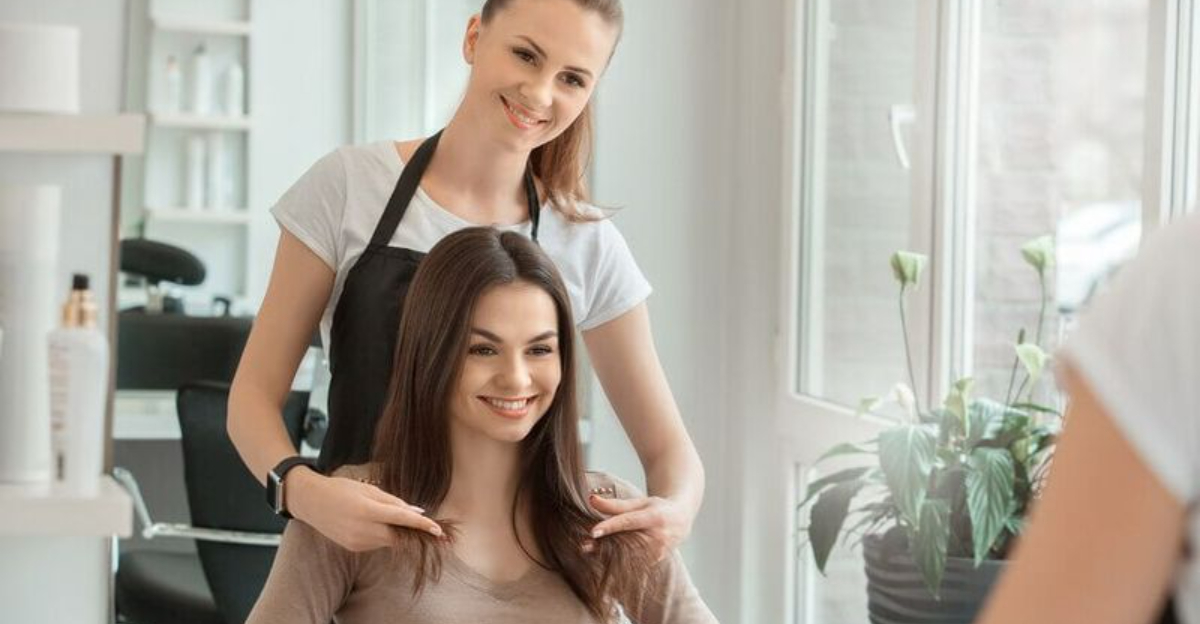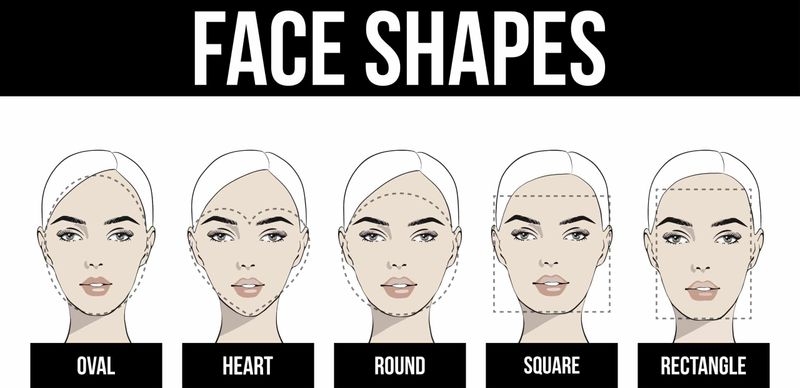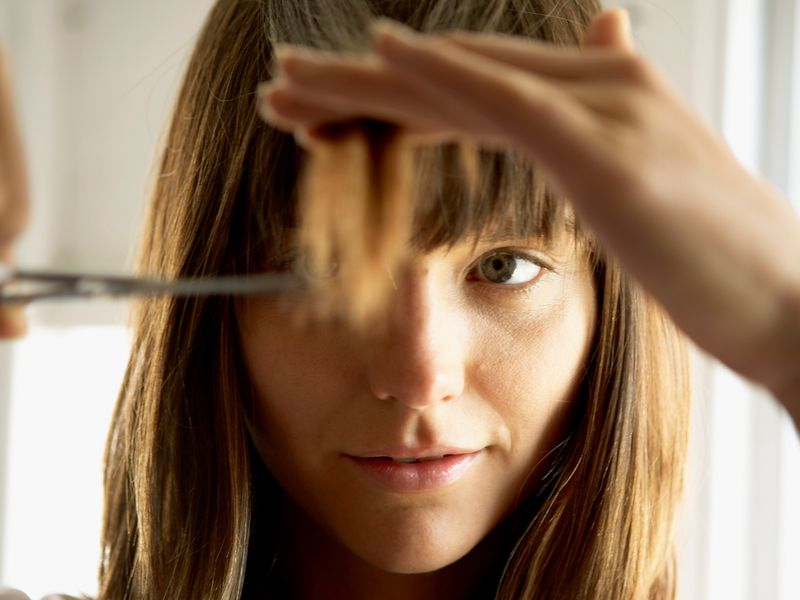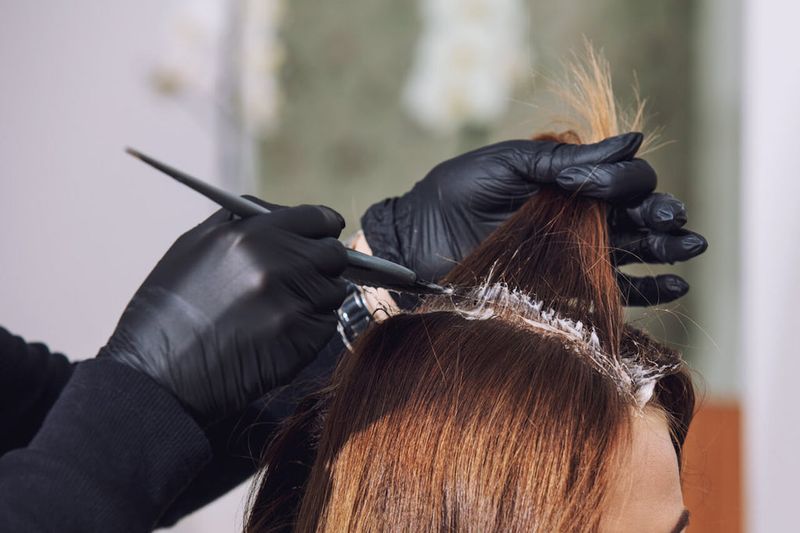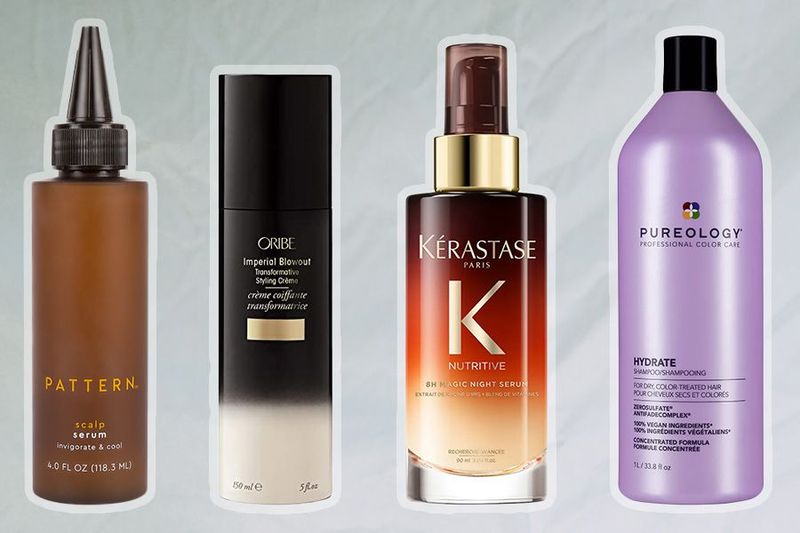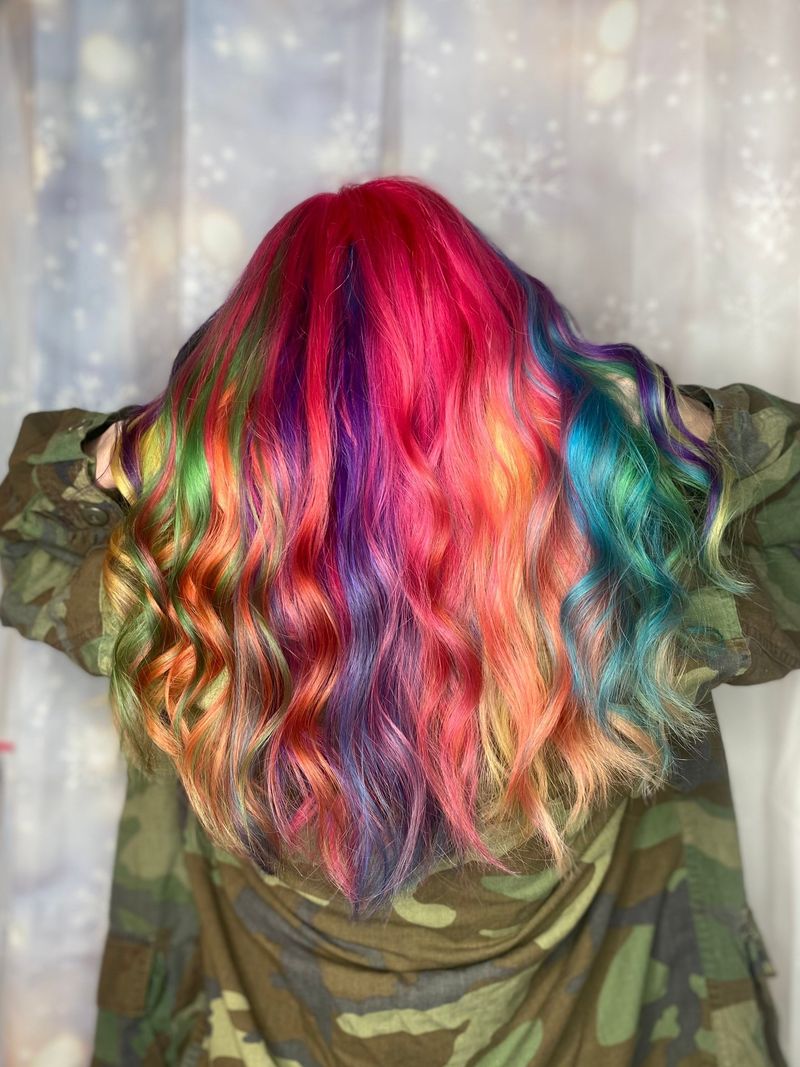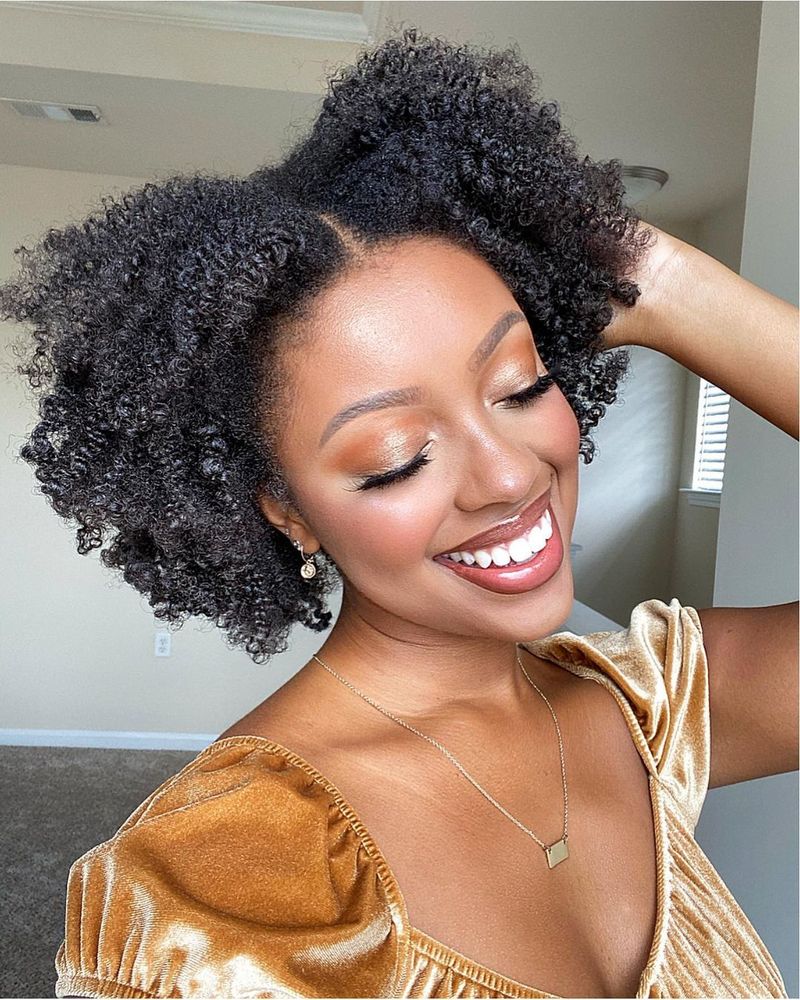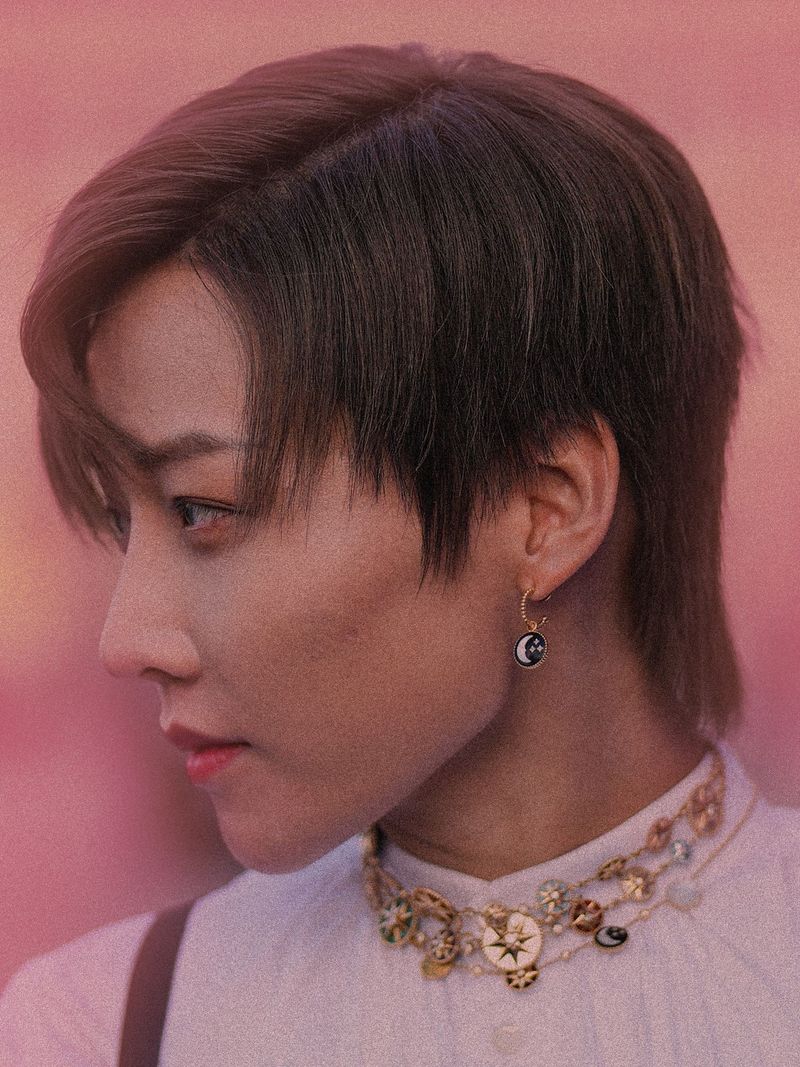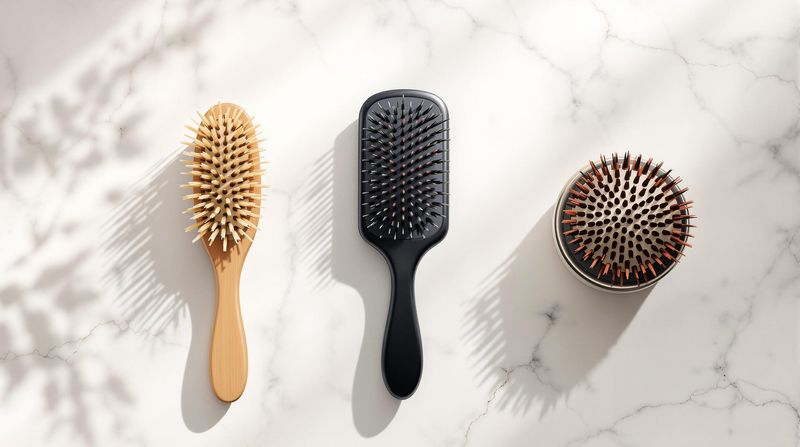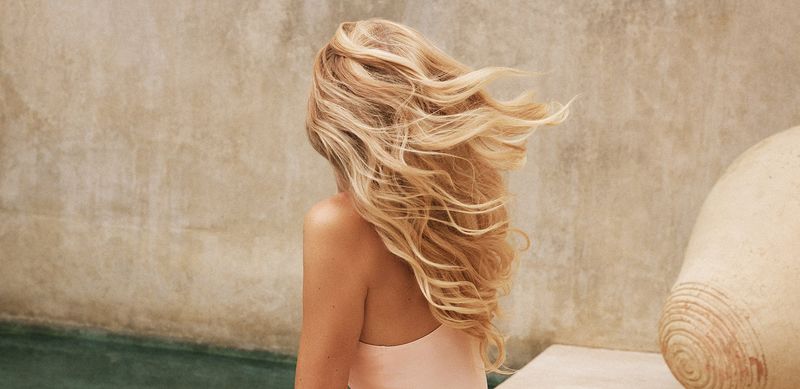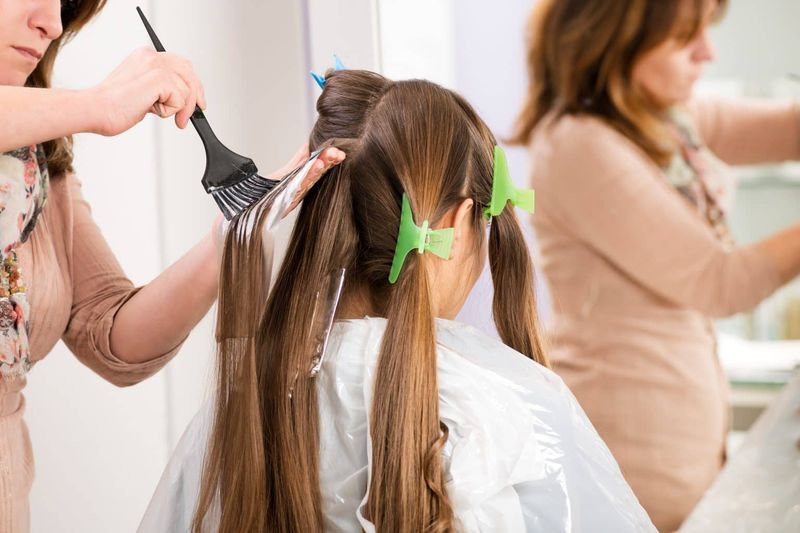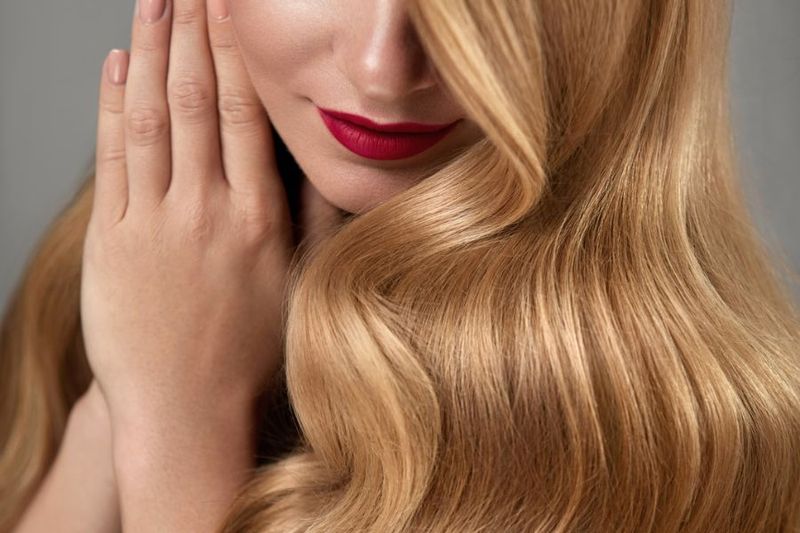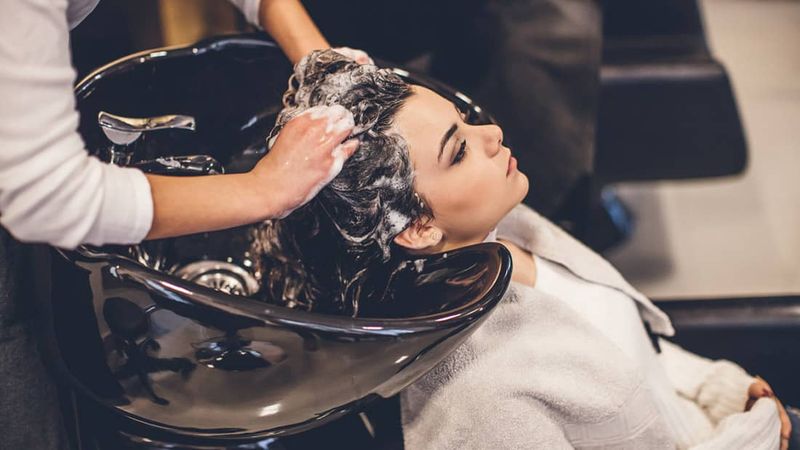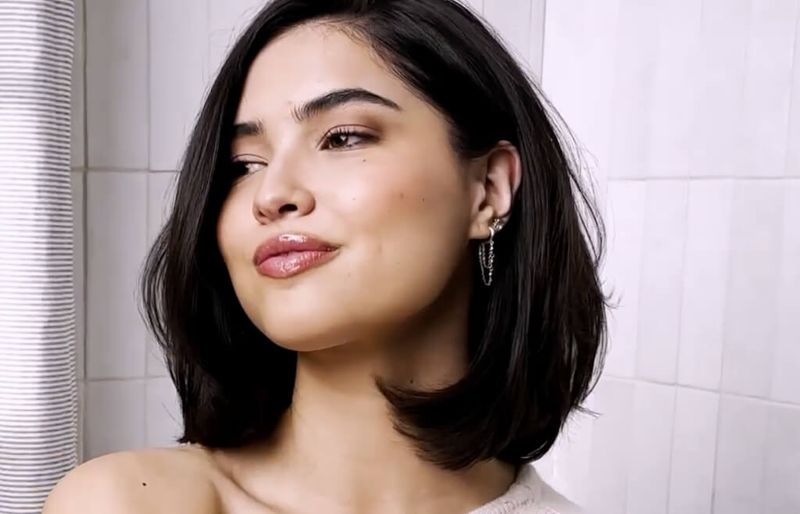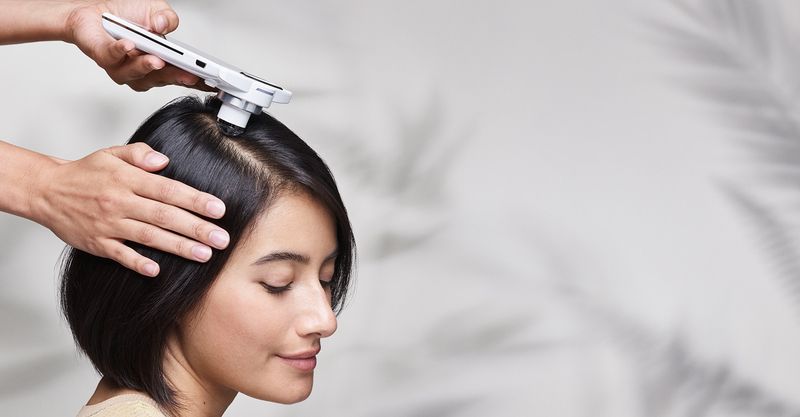Getting a new hairstyle can be exciting but also nerve-wracking. A great haircut depends on clear communication with your stylist. The right questions not only help you get the look you want but also build a relationship with the professional who shapes your image.
1. What style suits my face shape?
Face shape dictates which hairstyles will flatter you most. Your stylist can identify whether you’re oval, round, square, or heart-shaped and recommend cuts that enhance your natural features rather than working against them.
2. How often should I trim my hair?
Maintenance schedules vary dramatically based on your hair type and style goals. Someone growing out their hair might visit every 8-12 weeks, while precision cuts often need refreshing every 4-6 weeks to maintain their shape.
Related: -7 Straight-Hair Problems No One Talks About And 8 Easy Fixes That Shine
3. Can my hair handle this color treatment?
Hair health determines what chemical processes are safe. Previously colored, fine, or damaged strands need gentler approaches. Your stylist should assess your hair’s condition before recommending dramatic color changes to prevent breakage.
4. What products do you recommend for my hair type?
Professional recommendations beat random shopping every time. Stylists know which shampoos, conditioners, and styling products actually deliver results for your specific texture, whether you’re dealing with frizz, flatness, or fragile strands.
5. How much maintenance will this style require?
Reality checks prevent style regret! Some cuts need daily styling while others are wash-and-go. Platinum blonde requires frequent touch-ups, while natural-looking balayage grows out more gracefully. Know what you’re committing to beforehand.
6. What’s the best way to style this at home?
Salon-perfect hair shouldn’t be impossible to recreate yourself. Ask for a mini styling lesson during your appointment. A good stylist will demonstrate techniques, recommend tools, and share shortcuts to achieve professional-looking results daily.
7. How will this color fade over time?
Color evolution matters for long-term satisfaction. Vibrant reds might fade quickly, while some browns oxidize brassy. Understanding how your chosen shade will change helps you plan maintenance appointments and avoid unwelcome surprises between visits.
8. What’s causing my hair issues?
Persistent problems often have specific causes. Excessive shedding might signal nutritional deficiencies, while breakage could result from heat damage or chemical processing. Your stylist can spot patterns you might miss and suggest targeted solutions.
9. Should I change my part?
Something as simple as moving your part can transform your look. Parts create volume in different areas and can highlight or minimize facial features. Experimenting with side, middle, or diagonal parts might refresh your style without major changes.
10. How will this cut look as it grows out?
Growth patterns determine how gracefully styles age. Some cuts become misshapen quickly, while others evolve beautifully. Understanding how your hair will behave between appointments helps you choose styles that fit your maintenance preferences.
11. What’s the best hairbrush for my hair type?
Brush selection impacts hair health significantly. Boar bristles distribute natural oils in straight hair, while wide-tooth combs prevent breakage in curls. Denman brushes define curl patterns, and paddle brushes smooth thick manes without snagging.
12. How can I prevent heat damage?
Heat protection strategies preserve hair integrity. Beyond using protective products, your stylist can recommend optimal temperature settings for your hair type, proper tool techniques, and alternative styling methods that reduce reliance on high heat.
13. What’s causing my color to fade so quickly?
Color longevity depends on multiple factors. Hard water, chlorine exposure, sulfate shampoos, and excessive sun can all accelerate fading. Your stylist can identify your specific color-draining culprits and suggest protective measures to maintain vibrancy.
14. How should I prepare for my next appointment?
Pre-appointment prep maximizes results. For color services, slightly dirty hair often takes color better. For cuts, clean, product-free hair gives stylists the most accurate view of your natural texture. Specific preparations ensure optimal outcomes.
15. What’s the difference between these color techniques?
Color terminology confusion is common. Balayage, ombré, foiling, and root smudges create distinctly different effects. Understanding these techniques helps you communicate your desired result more clearly and avoid disappointment through misunderstanding.
16. How can I make my color last longer?
Color preservation requires specific habits. Color-depositing conditioners, UV protectants, and reduced washing frequency all extend vibrancy. Cold water rinses seal cuticles, while heat protection prevents color-molecule breakdown during styling.
17. What’s your honest opinion about this Pinterest inspiration?
Reality checks on inspiration photos prevent disappointment. Many trending styles require specific hair types, extensive styling, or photographic enhancement. Your stylist can assess whether your dream look is achievable with your hair’s natural characteristics.
18. Should I consider a different shampoo?
Shampoo formulation dramatically affects hair health. Drug store options often contain harsh detergents that strip natural oils. Your stylist can identify if your current cleanser is causing dryness, buildup, or other issues undermining your hair’s potential.
19. How can I add volume to my fine hair?
Volume-boosting strategies vary by hair type. Strategic layering creates movement, while root lifting products add height. Blow-drying techniques direct hair against its natural fall pattern. Your stylist can demonstrate customized approaches for your specific needs.
20. What’s causing my dandruff or scalp issues?
Scalp conditions have diverse origins. What looks like dandruff might actually be product buildup, psoriasis, or seborrheic dermatitis. Your stylist can often distinguish between these issues and recommend appropriate treatments or medical referrals.

